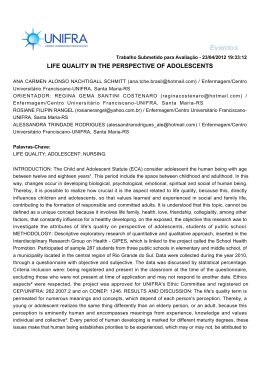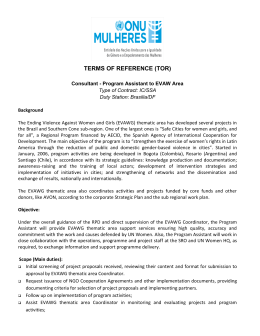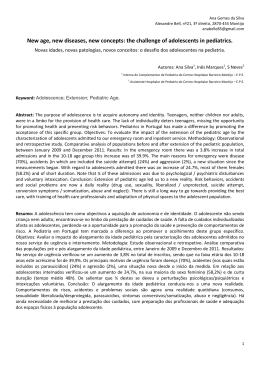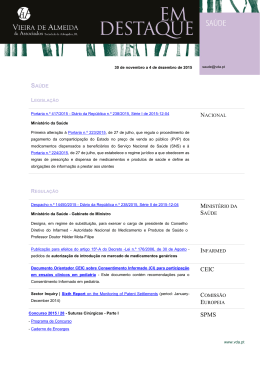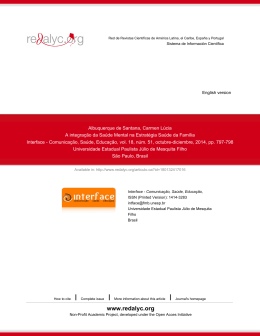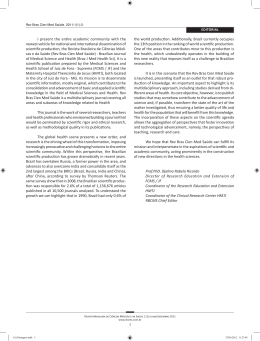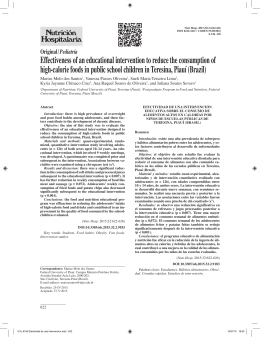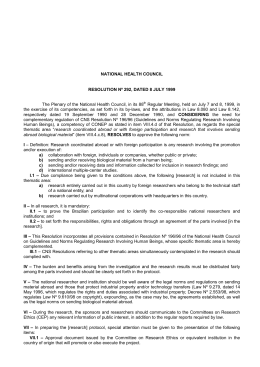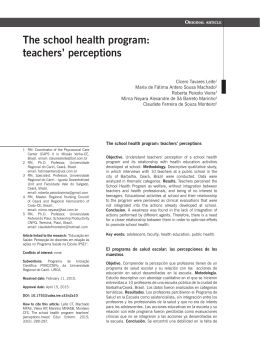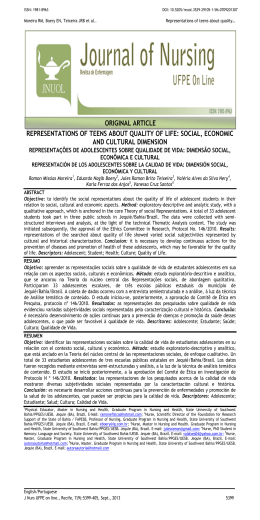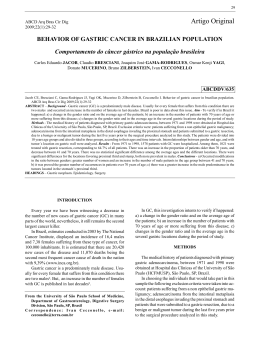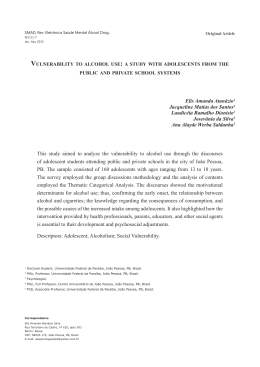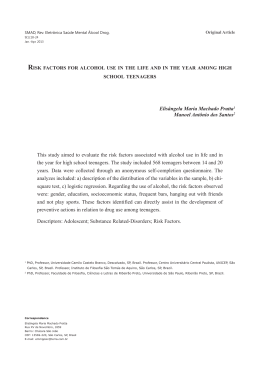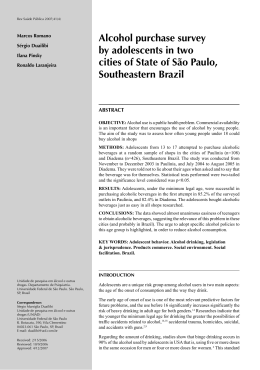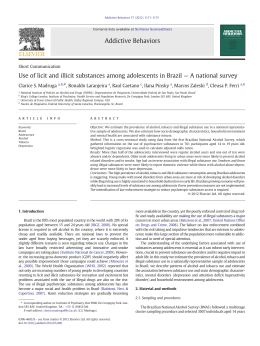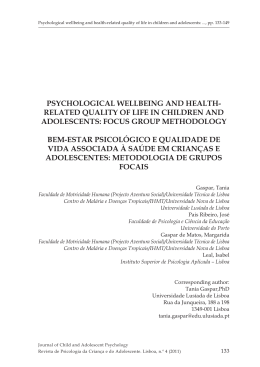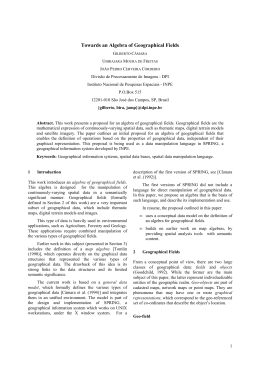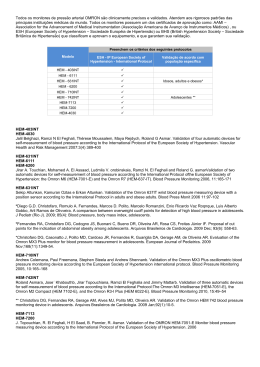DOI: 10.1590/1413-81232015205.19962014 The researchers of this thematic issue start with the analysis of complex organizations such as the family or the community to explain individual health. Many studies of the vast body of scientific literature on the family conclude, for example, that good parenting practices are associated with healthy living habits of children and adolescents, such as good personal hygiene, playing sports or safe driving of cars by young people. However, meta-analyses reveal that these parenting practices explain only approximately 10% of the variance in the behavior of children and adolescents. These are disappointing results considering the importance attributed to the family, at least in theory, in understanding the behavior of young people. A question arises, namely: Is the unit of analysis limited to parents sufficient to characterize the complexity of the family system? Researchers and professionals have been redefining the notions of family and community over recent decades, given the profound social and demographic changes currently taking place in the world. Many of them, nowadays, consider that the determination of kinship (mother, father, son, daughter) and the characterization of the behavior of each individual in this specific context (the quality of maternal care, for example) has a marginal impact on understanding the adaptation of people to their environment. Consequently, new ideas are emerging, notably based on the application of cybernetics to studies of complex organizations, where the emphasis is on the assessment of proximal processes observed in the family or in the community, as these are the driving forces of human development. A proximal process is defined here as a succession of stable exchanges, which increase in complexity between people and their environment. Consider, for example, the proximal process of affection that bonds a small child to an adult as the unit of analysis. This bond reveals the history of interactions between an attentive adult and a baby, which proves to be more pertinent than an approach focused purely on the adult’s response to the child’s needs in the immediate present. Thus, studies that have family dyads as the unit of analysis elicit more enriching reflections with respect to the development processes and consequently provide leads for more effective intervention. The reader is invited to reflect upon whether or not each of the articles in this thematic issue deals with isolated behavior or with a proximal process found in a dyad, triad, family or community. The hypothesis presented here is that assessments focusing on complex organizations such as the family and the community are the most fertile in terms of recommendations for the promotion of human health. Marc Bigras Université du Québec à Montréal Ciência & Saúde Coletiva, 20(5):1318-1319, 2015 Community and the family as units of analysis for health-related activities 1319
Download
